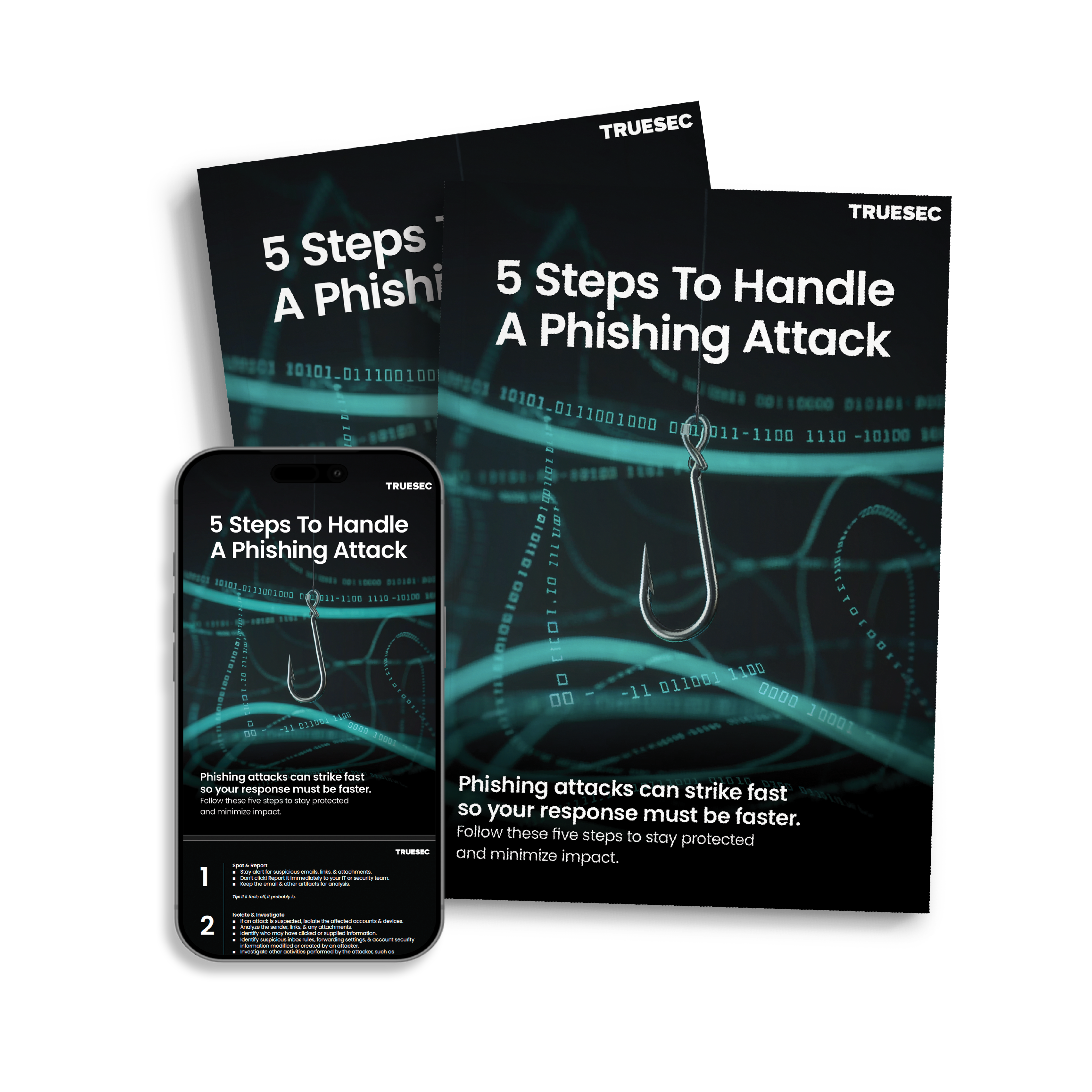Phishing

What is Phishing?
Phishing is a form of cybercrime where attackers impersonate legitimate organizations or individuals in order to trick people into revealing sensitive information, such as usernames, passwords, financial details, or installing malicious software. The term “phishing” is derived from “fishing,” as attackers cast out bait, usually in the form of deceptive emails, messages, or websites, hoping to “hook” unsuspecting victims.
Phishing attacks are among the most common and effective cyber threats. They exploit human trust and curiosity, bypassing technical defenses by targeting the weakest link in the security chain: people. Attackers constantly adapt their techniques, making phishing a persistent and evolving threat for organizations of all sizes and industries.
Who is Targeted by Phishing Attacks?
Phishing attacks can target anyone with an email address, phone number, or online presence. However, certain groups are more frequently targeted due to their access to valuable information or their role within an organization:
- Employees in Finance, HR, or IT: These individuals often have access to sensitive financial data, payroll systems, or administrative privileges, making them prime targets.
- Executives and Decision-Makers: “Whaling” is a type of phishing aimed at high-level executives, seeking to compromise strategic information or authorize fraudulent transactions.
- General Workforce: Attackers often launch broad campaigns, sending mass emails in hopes of catching any employee off guard.
- Individuals Outside Organizations: Consumers are also targeted, especially during tax season, online shopping events, or crises (such as the COVID-19 pandemic), when attackers impersonate banks, delivery services, or government agencies.
No one is immune. Even organizations with robust technical defenses can fall victim if their people are not vigilant and well-trained.
How Do I Spot a Phishing Attempt?
Recognizing phishing attempts is crucial to preventing breaches. Attackers use increasingly sophisticated tactics, but there are common red flags to watch for:
- Suspicious Sender Addresses
Phishing emails often come from addresses that look similar to legitimate ones but contain subtle misspellings or extra characters (e.g., support@micros0ft.com instead of support@microsoft.com).
- Urgent or Threatening Language
Phishing messages frequently create a sense of urgency (“Your account will be locked in 24 hours!”) or use scare tactics to pressure recipients into acting quickly without thinking. - Unexpected Attachments or Links
Be wary of unsolicited emails with attachments or links. Hover over links to see the actual URL before clicking. Phishing links often lead to fake login pages or malware downloads. - Requests for Sensitive Information
Legitimate organizations rarely ask for passwords, payment details, or other sensitive information via email. Treat such requests as suspicious. - Generic Greetings and Poor Grammar
Phishing emails may use generic salutations (“Dear Customer”) and contain spelling or grammatical errors, although some attackers are becoming more sophisticated in their writing. - Inconsistent Branding or Formatting
Look for inconsistencies in logos, colors, or formatting compared to official communications from the supposed sender. - Unusual Requests
Be cautious if you receive requests to perform atypical actions, such as purchasing gift cards, transferring funds, or sharing confidential information.
How Do I Secure My Organization Against Phishing Attempts?
Building resilience against phishing requires a multi-layered approach, combining technology, processes, and, most importantly, people.
Employee Training and Awareness
- Regularly educate all staff about phishing tactics, red flags, and reporting procedures. Simulated phishing exercises can help reinforce good habits and measure awareness levels.
Technical Defenses
- Email Security Gateways: Deploy advanced email filtering solutions that block known malicious senders, attachments, and links.
- Multi-Factor Authentication (MFA): Require MFA for any remote access to protected company data and environments. Be sure to require phishing-resistant MFA for administrators and access to sensitive systems. Even if credentials are compromised, MFA adds an essential layer of protection.
- Endpoint Security: Use up-to-date antivirus and endpoint detection tools to identify and block malicious payloads.
- Web Filtering: Prevent users from accessing known phishing and malicious sites.
Strong Policies and Procedures
- Incident Reporting: Ensure employees know how and where to report suspicious emails or activity.
- Access Controls: Limit user privileges to only what is necessary for their role, reducing the impact of compromised accounts.
- Regular Updates and Patch Management: Keep systems and software up to date to close vulnerabilities that attackers could exploit.
Simulated Phishing Campaigns
Conduct regular, realistic phishing simulations to test staff responses and reinforce training. Use the results to tailor future training and improve defenses.
Monitor and Respond
- Security Monitoring: Leverage a Security Operations Center (SOC) or Managed Detection and Response (MDR) service to monitor for suspicious activity around the clock.
- Incident Response Plan: Have a clear, rehearsed plan in place for responding to phishing incidents, including steps for containment, investigation, and communication.
Collaborate and Share Intelligence
Stay informed about emerging phishing tactics and threats by collaborating with industry peers, participating in information-sharing communities, and leveraging threat intelligence services.

5 Steps To Handle A Phishing Attack
Our 5 Steps to Handle a Phishing Attack guide gives you a clear, actionable process to detect, contain, and recover from attacks before they cause serious harm.
Conclusion
Phishing remains one of the most significant cyber threats facing organizations today. Attackers are persistent, creative, and opportunistic, but with the right combination of awareness, technology, and vigilance, you can significantly reduce your risk.
Remember: cybersecurity is not just an IT responsibility, it’s everyone’s business. By fostering a culture of security awareness and maintaining robust defenses, your organization can stay one step ahead of phishing attacks and protect your most valuable assets.
Phishing is a form of cybercrime where attackers impersonate legitimate organizations or individuals to trick people into revealing sensitive information or installing malicious software.
Look for suspicious sender addresses, urgent or threatening language, unexpected attachments or links, requests for sensitive information, generic greetings, poor grammar, and inconsistent branding.
Do not click any links or open attachments. Report the email to your IT/security team and delete it from your inbox.
No, phishing can also occur through text messages (smishing), phone calls (vishing), and fake websites.